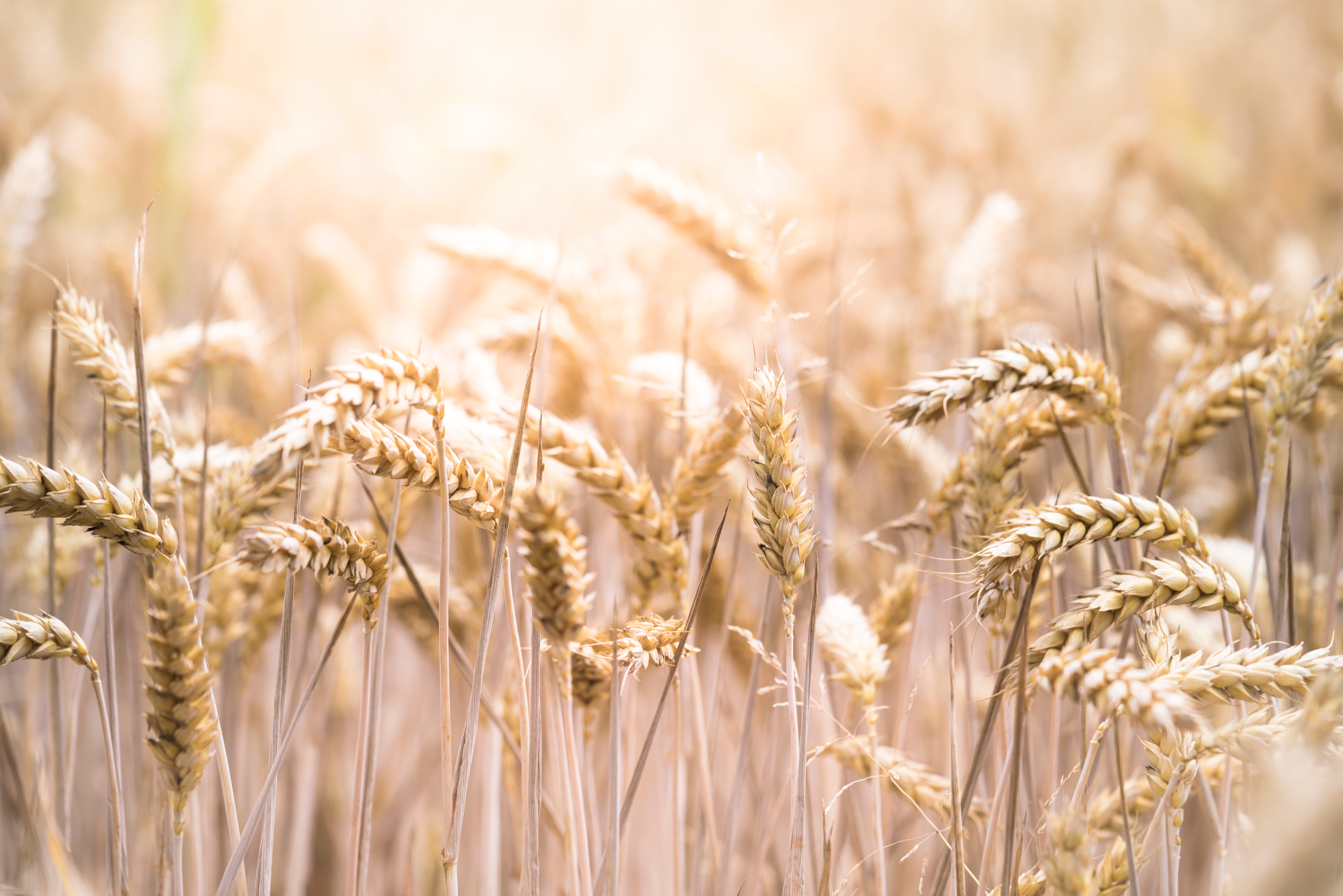We kicked off the day with Durable Goods Orders, Durable Goods Orders MoM, Durable Goods Orders Ex Transportation MoM, Durable Goods Orders ex Defense MoM, and Durable Goods Orders Ex Air at 7:30 A.M., Michigan Consumer Sentiment Final, Michigan 5-Year Inflation Expectations Final, Michigan Consumer Expectations Final, Michigan Current Conditions Final, and Michigan Inflation Expectations Final at 9:00 A.M., Baker Hughes Oil & Total Rig Count at 12:00 P.M., and Cattle on Feed & Cold Storage at 2:00 P.M. Image Source: The Census Bureau reported that single-family new home sales in September jumped 4.1% to 738,000 homes. This was an increase of 6.3% over last year and the 4th consecutive month of year-over-year increases. On Wednesday, the National Association of Realtors reported that existing home sales from August at 3.84 million homes. Compared to a year ago, existing home sales were down down 4% and marked the 38th consecutive month of year-over-year declines. The recovery in new home sales has been good for the real estate market, but new home sales make up just 15% of the market, and total home sales fell to a 9th month low of 4.58 Mil homes. This is just above the 2023 low of 4.52 Mil homes, which has been the lowest since 2011.Soil Moisture Concerns in South America Continues to Shrink as US drought expand as the US moisture relief eases in the Southern/Eastern Midwest, with forecast maintains a more active pattern of rainfall across, E KS, E OK,MO, Il, & IN Oct 31sr to Nov 2nd . Cumulltive rainfall in this region is estimated at 2-3” which along with cooling temps eases dryness/drought there. An arid pattern prevails elsewhere, will be watched closely in late autumn and during the winter months. The current US drought monitor over the last 4-weeks shows 76% of the US Corn Belt is in drought. 93% of the US Corn Belt is facing at least abnormally dry conditions occurs across the Plains info Nov 3rd. The issue longer term is that the NOAA calculates precipitation worth 9+” is needed to end droughts in KS, NE, the Dakotas, IA, and OH. This exceeds normal precipitation between Nov-March. The burden of winter/spring rain increases if the Western Ag Belt stays dry for another 30-days.Export sales continue to be positive.How long will this continue?Buckle up your chinstrap!More By This Author:South American Weather The Gamechanger. The Corn & Ethanol ReportHarvest Rally? The Corn & Ethanol ReportRecord U.S. Yields & South American Weather Concerns. The Corn & Ethanol Report
Image Source: The Census Bureau reported that single-family new home sales in September jumped 4.1% to 738,000 homes. This was an increase of 6.3% over last year and the 4th consecutive month of year-over-year increases. On Wednesday, the National Association of Realtors reported that existing home sales from August at 3.84 million homes. Compared to a year ago, existing home sales were down down 4% and marked the 38th consecutive month of year-over-year declines. The recovery in new home sales has been good for the real estate market, but new home sales make up just 15% of the market, and total home sales fell to a 9th month low of 4.58 Mil homes. This is just above the 2023 low of 4.52 Mil homes, which has been the lowest since 2011.Soil Moisture Concerns in South America Continues to Shrink as US drought expand as the US moisture relief eases in the Southern/Eastern Midwest, with forecast maintains a more active pattern of rainfall across, E KS, E OK,MO, Il, & IN Oct 31sr to Nov 2nd . Cumulltive rainfall in this region is estimated at 2-3” which along with cooling temps eases dryness/drought there. An arid pattern prevails elsewhere, will be watched closely in late autumn and during the winter months. The current US drought monitor over the last 4-weeks shows 76% of the US Corn Belt is in drought. 93% of the US Corn Belt is facing at least abnormally dry conditions occurs across the Plains info Nov 3rd. The issue longer term is that the NOAA calculates precipitation worth 9+” is needed to end droughts in KS, NE, the Dakotas, IA, and OH. This exceeds normal precipitation between Nov-March. The burden of winter/spring rain increases if the Western Ag Belt stays dry for another 30-days.Export sales continue to be positive.How long will this continue?Buckle up your chinstrap!More By This Author:South American Weather The Gamechanger. The Corn & Ethanol ReportHarvest Rally? The Corn & Ethanol ReportRecord U.S. Yields & South American Weather Concerns. The Corn & Ethanol Report
Exports-North & South America Weather & Yields. The Corn & Ethanol Report

